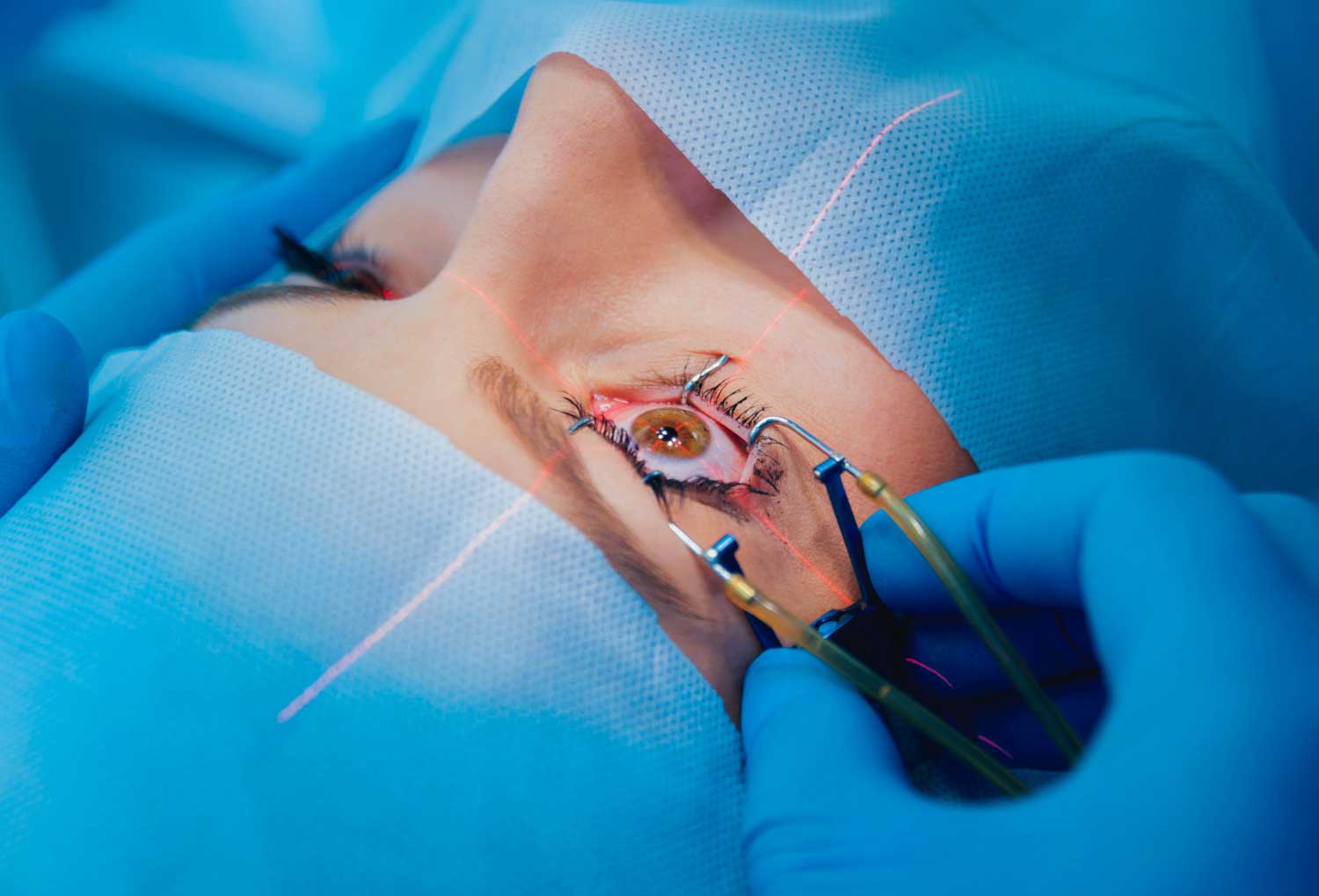WD J2147-4035, an 11-billion-year-old white dwarf located 91 light-years away in the constellation of Grus, is accreting debris from orbiting planetesimals, making it one of the oldest rocky and icy planetary systems discovered in our Milky Way Galaxy.
An artist’s impression of the white dwarfs WD J2147-4035 and WD J1922+0233 surrounded by orbiting planetary debris, which will accrete onto the stars and pollute their atmospheres. WD J2147-4035 is extremely red and dim, while WD J1922+0233 is unusually blue. Image credit: Mark Garlick / University of Warwick.
Over 97% of main-sequence stars in the Milky Way will end their stellar evolution as white dwarfs, making these the most common type of stellar remnant.
Typical white dwarfs consist of a dense carbon-oxygen core of comparable radius to the Earth, surrounded by a thin atmosphere of residual hydrogen and helium.
Throughout their lives, white dwarfs slowly cool by emitting their residual thermal energy away through their atmospheres.
Thus the coolest white dwarfs, with ultra-cool effective temperatures of 4,000 K, tend to have the largest cooling ages depending on their atmospheric composition and radius.
Studying white dwarfs within the Milky Way allows astronomers to calibrate stellar ages and probe the formation and evolution of the Galactic neighborhood with the analysis of cool remnants being particularly important as these provide constraints on its oldest stars.
For their new study, University of Warwick astronomer Abbigail Elms and colleagues modeled two unusual white dwarfs — WD J2147-4035 and WD J1922+0233 — that were detected by ESA’s Gaia mission.
WD J2147-4035 resides 91 light-years away in the constellation of Grus. WD J1922+0233 resides 128.5 light-years away in the constellation of Aquila.
Both stars are polluted by planetary debris, with WD J1922+0233 being found to be unusually blue, while WD J2147-4035 is the faintest and reddest found to date in the local Galactic neighborhood.
Using spectroscopic and photometric data from Gaia, the Dark Energy Survey and the X-Shooter instrument on ESO’s Very Large Telescope to work out how long it has been cooling for, the astronomers found that WD J2147-4035 is around 10.7 billion years old, of which 10.2 billion years has been spent cooling as a white dwarf.
By analyzing its spectrum, they found the presence of the metals sodium, lithium, potassium and tentatively detected carbon accreting onto the star — making this the oldest metal-polluted white dwarf discovered so far.
They also found that WD J1922+0233 is about one billion years younger than WD J2147-4035 and was polluted by planetary debris of a similar composition to the Earth’s continental crust.
They concluded that the blue color of WD J1922+0233, despite its cool surface temperature, is caused by its unusual mixed helium-hydrogen atmosphere.
The debris found in the otherwise nearly pure-helium and high-gravity atmosphere of WD J2147-4035 are from an old planetary system that survived the evolution of the star into a white dwarf, leading the researchers to conclude that this is the oldest planetary system around a white dwarf discovered in the Milky Way.
“We’re finding the oldest stellar remnants in the Milky Way that are polluted by once Earth-like planets,” Elms said.
The findings appear in the Monthly Notices of the Royal Astronomical Society.
_____
Abbigail K. Elms et al. 2022. Spectral analysis of ultra-cool white dwarfs polluted by planetary debris. MNRAS 517 (3): 4557-4574; doi: 10.1093/mnras/stac2908
Note: This article have been indexed to our site. We do not claim legitimacy, ownership or copyright of any of the content above. To see the article at original source Click Here













